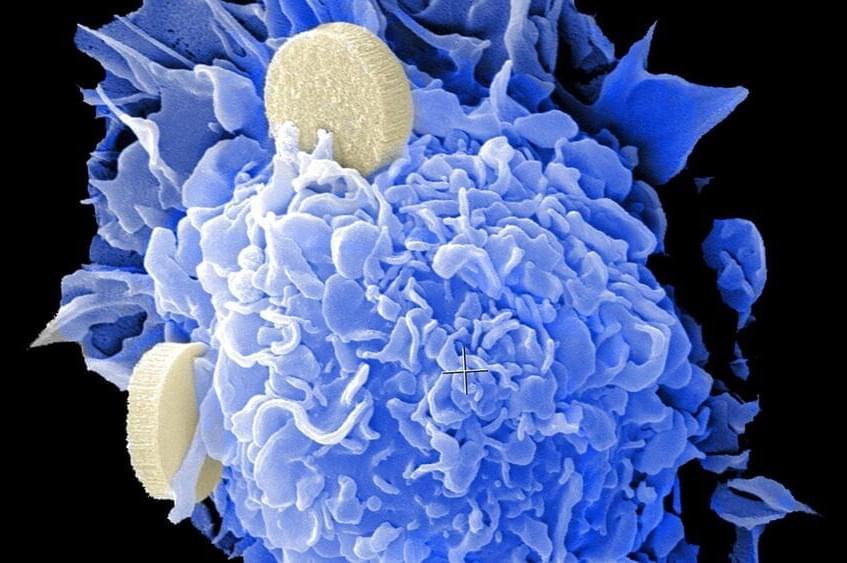Check out some of the best AI-powered technology at this year’s Consumer Technology Association (CES) event in Las Vegas.
The 2023 Consumer Technology Association’s (CES) annual event is once again in full flow in Las Vegas.
Technology innovators, large and small, have come out in force to show off their latest offerings. Of particular interest are those that are leveraging artificial intelligence (AI)
The Consumer Technology Association (CES) has begun its 2023 showcase of the latest and greatest in technology from around the world. Vendors this year range from purveyors of the latest in 3D printing to fintech and everything in between.
1, 2







